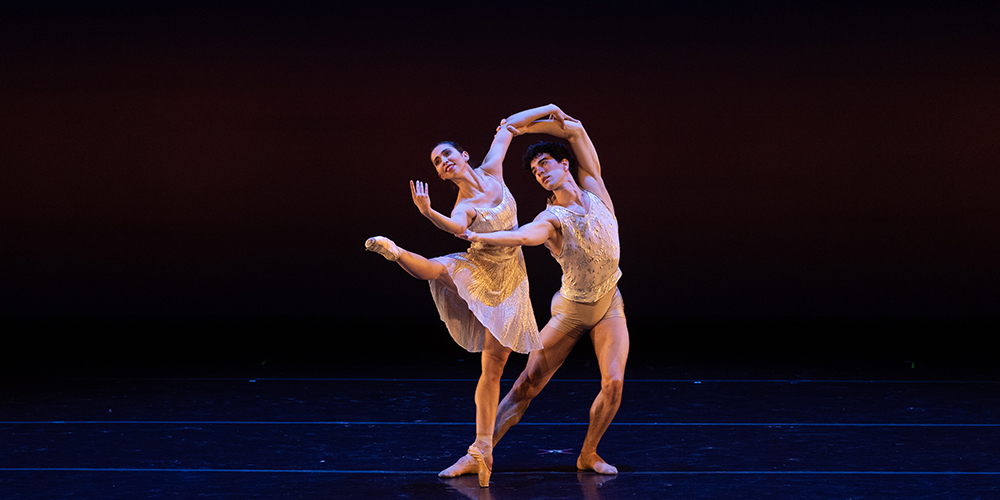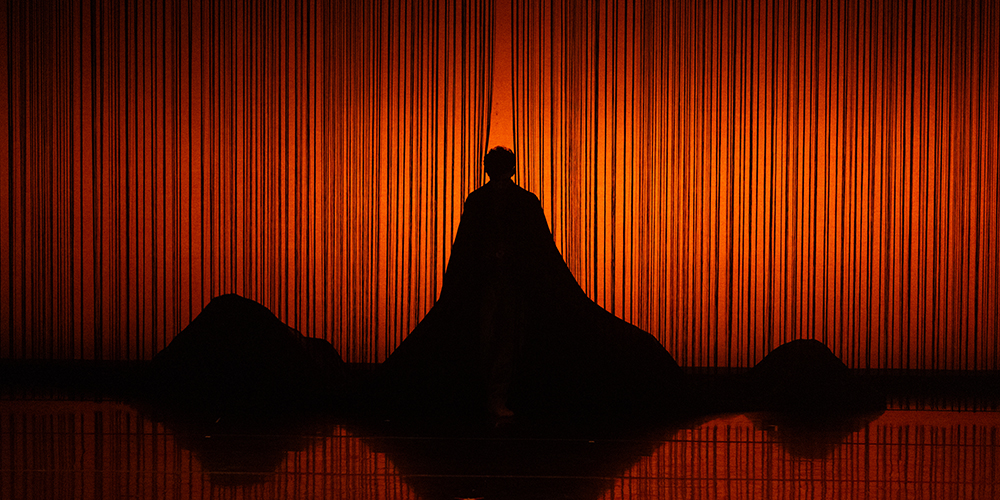“Swan Lake” is about human emotion and the music by Tchaikovsky gives it everlasting power to move audiences and change the minds of even the most cynical. Before this iconic ballet returns to Symphony Hall with the Phoenix Symphony next week, venture behind the scenes with Ib Andersen as he provides a deeper look at his production of Tchaikovsky’s masterpiece.
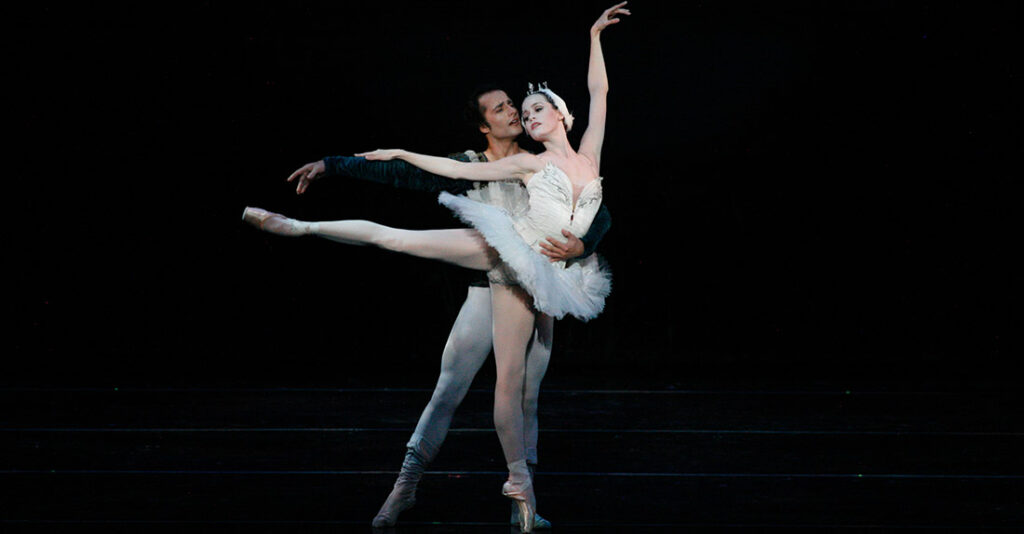
Q: Why does “Swan Lake” have so many different versions for its ending?
In the former Soviet Union, the ending always had to be a happy one. The communist regime did not want the story to be tragic with them dying or getting killed so they ended up getting married instead and living happily-ever-after. There are also versions where they jump off of a cliff together and commit suicide. Then you see them together in heaven at the end. In our version, he’s cursed, she’s cursed, the end. Tragedy. It’s a cycle. The prince really %&@#$! up. The only way the spell can be broken and she can be transformed from the white swan into a woman is through true love. And in Act III with the black swan, he mistakenly thinks it’s Odette and swears his love forever to the black swan. Even though Prince Siegfried goes back and begs for her forgiveness, she knows it’s not going to work no matter what. She remains heart broken and a swan forever.
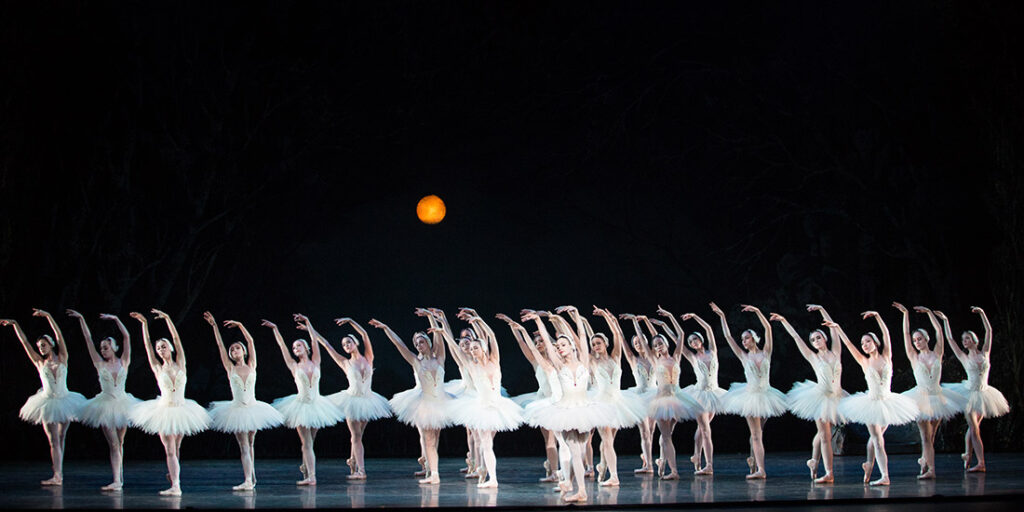
Q: You are coaching two new dancers that have never played the leads before in “Swan Lake”. What is that like? Does it remind you of the first time you danced this role? How do each of the girls playing Odette differ in their styles?
A: When I danced the prince, I was at Royal Danish Ballet. I was 20 or 21. I was very young and I don’t think I was very good. But to be fair…the role of the prince is just not as meaty or complex as the role of the swan princess.
I like working with young people and getting them from one place to a completely different place in a short time, especially if they are receptive and open. Young people have so much going on in life that often they are not receptive enough to take it all in – it is all part of the process of growing. Ethan Price is exceptionally bright and a very smart guy. His most extraordinary feature is his brain – he soaks everything up like a sponge. As for Mimi Tompkins, this is also her first time in this role. She comes from a more Russian-trained background and it shows in her arms. The character of the swan is all in the upper body. For certain things, this becomes easier for her than others. But it is still a huge challenge. We are trying to build a big house in a short time. Brick-by-brick you add the layers, but sometimes the brick falls off and you have to start from scratch again.
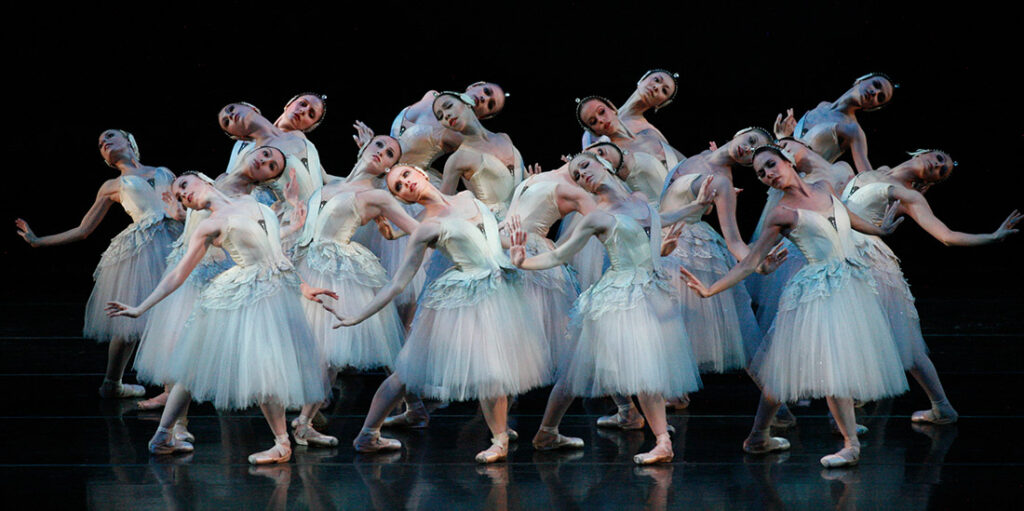
No one has ever done a completely perfect “Swan Lake” the first time. It’s impossible. It’s too layered of a role. You can’t get all of those layers until you have a few under your belt. For Jillian Barrell & Arianni Martin, this will be their second time performing this role – where they started rehearsing is basically where they left – so this year it will be much better for both of them. Doing “Swan Lake” is the role of a lifetime – it’s a very rich role. It’s super demanding, not in a technical way but physically and stylistically, they have to be an animal and also a woman. They have to be fragile, sad, vulnerable, and it all has to come out in a very physical way so that you can see it. There are many different elements that you need to have in this role. It is the difference between black and white – two completely different characters. It is rare to have a dancer able to do both characters equally well. Usually they are better at one over the other.
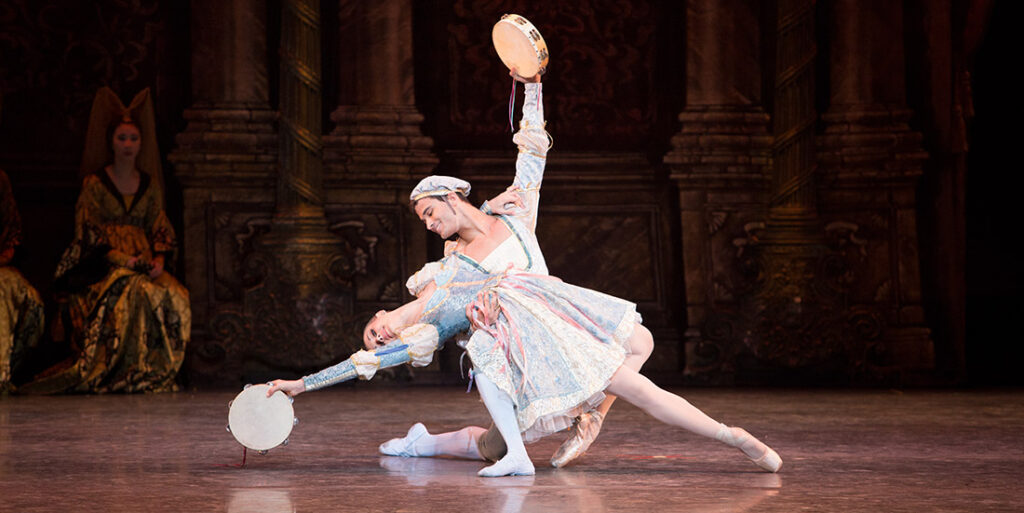
In Act III the black swan is manipulative, malicious and devious, and none of these girls are that way. They are all very sweet. In my coaching, I have to make them a little bit meaner and more deceptive, which is not in their true nature.

Q: Are you reworking any of your choreography? Which parts are yours and which are more original?
A: Yes, in Act III, I am changing the choreography for the Mazurka. We used to have two couples and this year we have four. We’re also doing it a lot faster and it’s looking like a big improvement. I’m changing the Czardas (the Hungarian Dance) as well. It will be shorter and a bit different. In Act IV, I took some pieces out to make it a little more cohesive.
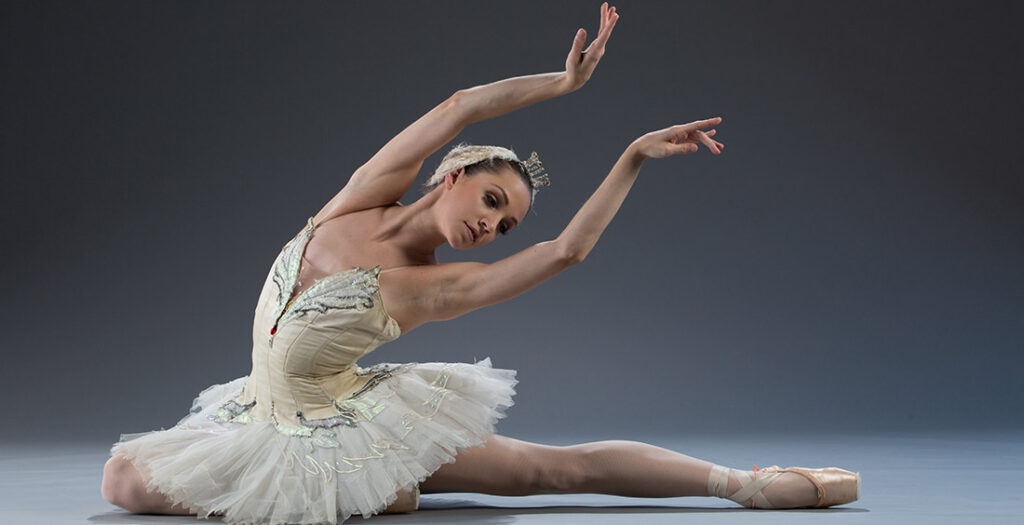
Act I, apart from the pas de trois, is all mine. There isn’t much that’s original. The pas is the only true traditional piece in that act and the same goes for Act IV – the majority of that is mine as well and not too traditional. In Acts II and III, certain parts are mine; it’s a bit like a mix-and-match, but most of it is basically what you would see anywhere – the quintessential “Swan Lake”.
Don’t miss Ballet Arizona’s production of Swan Lake at Symphony Hall featuring The Phoenix Symphony. The production runs Thursday, October 26 through Sunday, October 29. Click here to purchase tickets and view the performance schedule.






